01-09-2015
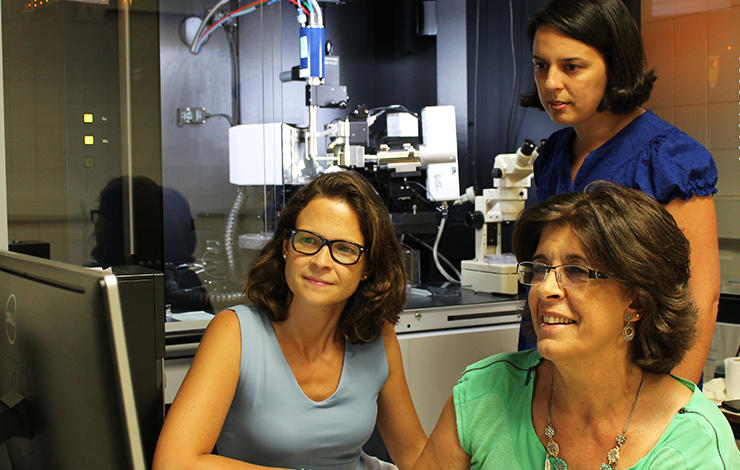
Catarina Coelho, Teresa Santos Silva and Maria João Romão from Macromolecular Crystallography Laboratory at Faculdade de Ciências e Tecnologia of Universidade NOVA de Lisboa crystallized and determined the AOX 3D structure.
The results can be used to improve drug design studies in order to produce better drugs in a shorter period of time and with less failures, thus decreasing their overall cost. This research work was done in collaboration with researchers from the University of Potsdam, and the results are published today, 31st of August, in Nature Chemical Biology.
AOX is an enzyme whose participation in drug metabolism has a major impact on new drug development process which justifies the enormous interest of the pharmaceutical industry by AOX. This enzyme is present in the liver and metabolized in a manner not specific a wide variety of drugs and xenobiotic compounds.
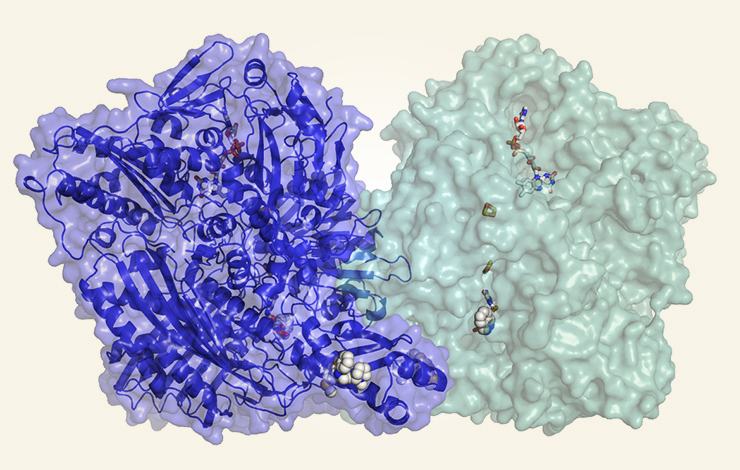
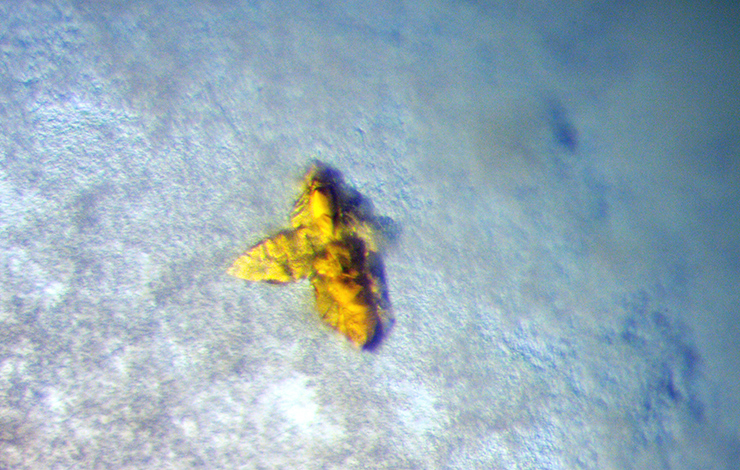
“In this work we could crystallize and determine the 3D structure of AOX, providing important insight into catalytic and inhibition modes of the enzyme. This will enable to improve the drug design studies pipeline, allowing drug design companies to develop in silico models to predict AOX metabolism, which is essential to guide drug discovery and to screen for pharmacokinetics for clinical trials”, explains Maria João Romão, coordinator of the Macromolecular Crystallography research team of FCT-NOVA and director of the UCIBIO research unit.
The complete protein has more than 1330 amino acid residues. “Due to its large dimension, our approach was to use X-Ray macromolecular crystallography to determine the 3D structure of the enzyme and to see the intrinsic and complicated network of amino acid arrangement. Only when the positions of most of the 10 thousand atoms were identified, could we correlate the structure with the function and draw conclusions regarding enzymatic and inhibition mechanisms”, explains Catarina Coelho, post-doc at FCT-NOVA and first author of the article.
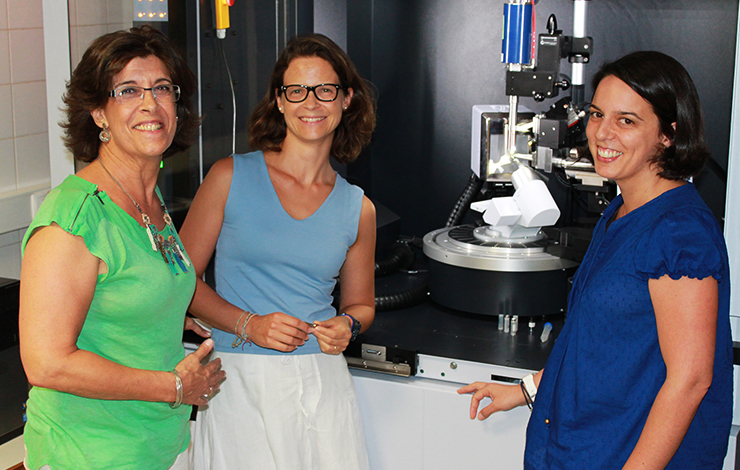
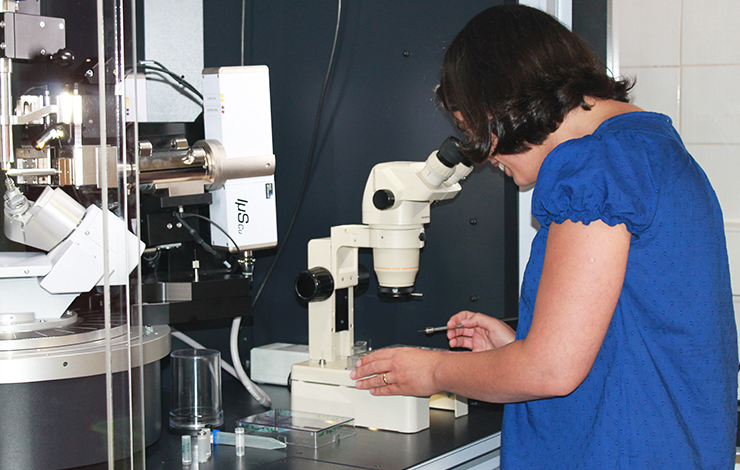
In order to determine the structure of AOX more than 800 crystals had to be measured in many laboratories synchrotron: ESRF in France, the United Kingdom DLS and the SLS in Switzerland.
More news at:
More information at:
Undergraduate Programme in Applied Chemistry